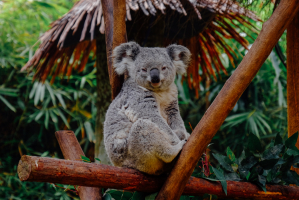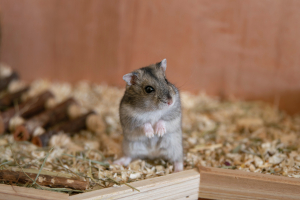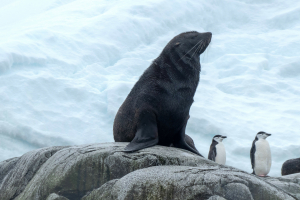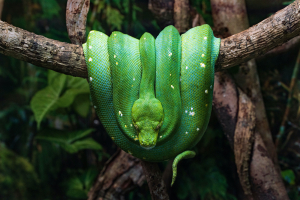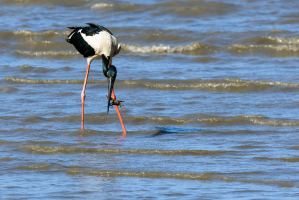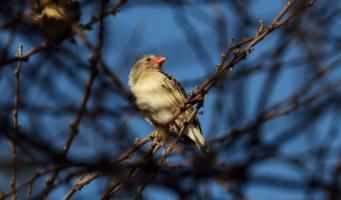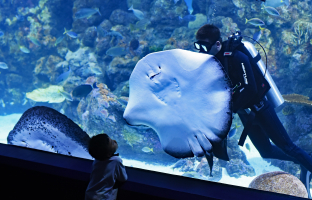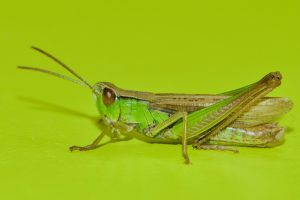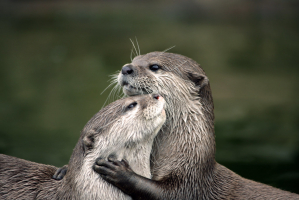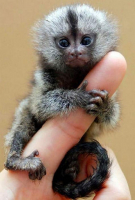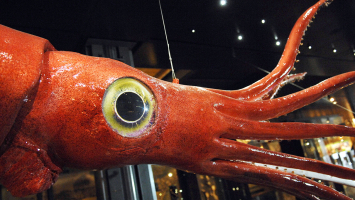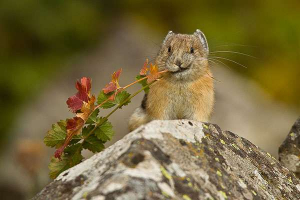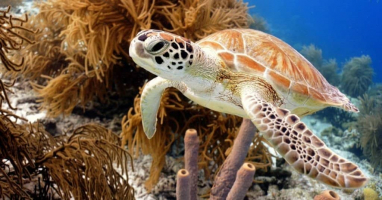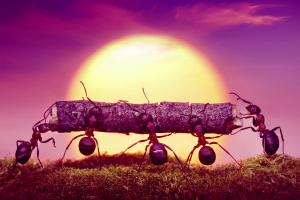Top 10 Animals That Display Human Ingenuity
Humans are without a doubt the most intelligent species on Earth. Since we first began to make tools 2.6 million years ago, we now have Swiss Army knives and ... read more...cheese graters, so everything has worked out well. Animals have created their own creative solutions to a variety of issues, even though they haven't yet invented the iPhone or the vape pen. Here are a few of the most striking instances.
-
The largest carnivore on land in the world is a polar bear. If they started employing tools, it seems like it would be excessive. But what's the fun in becoming the biggest land carnivore if you don't go outside your comfort zone? Polar bears do utilize tools, and they only employ them to kill prey more efficiently.
Polar bears can weigh up to 1,300 lbs. The heaviest recorded was little more than 2,000 pounds. The largest walrus ever recorded weighed more than 3,700 pounds, and polar bears hunt them. They weigh between between 1,700 and 2,100 pounds. Additionally, their skulls are incredibly sturdy. They also have enormous tusks. Therefore, a walrus is typically larger than a polar bear. As a result, walruses are now the target of polar bears throwing boulders at them.
The Inuit have known that bears behave in this way for many generations, but scientists can be sluggish to take their advice. The bears scale cliffs and hurl rocks or chunks of ice at their victims with amazing accuracy, breaking their heads.Kingdom: Animalia
Phylum: Chordata
Class: Mammalia
Order: Carnivora
Family: Ursidae
Genus: Ursus
Species: U. maritimus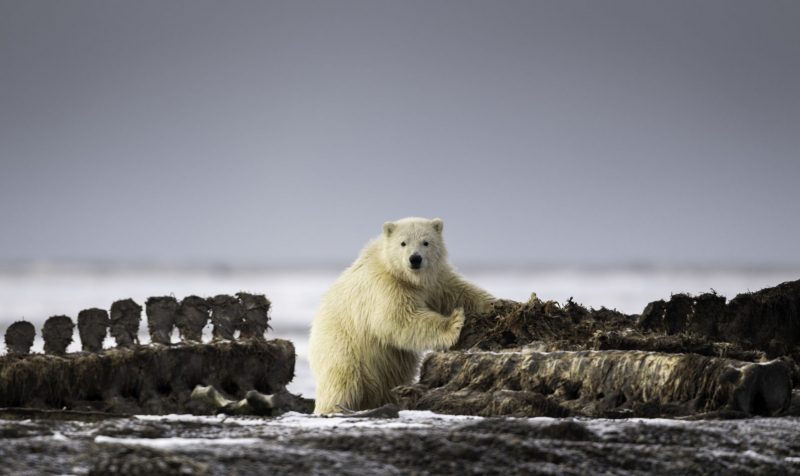
https://www.google.com 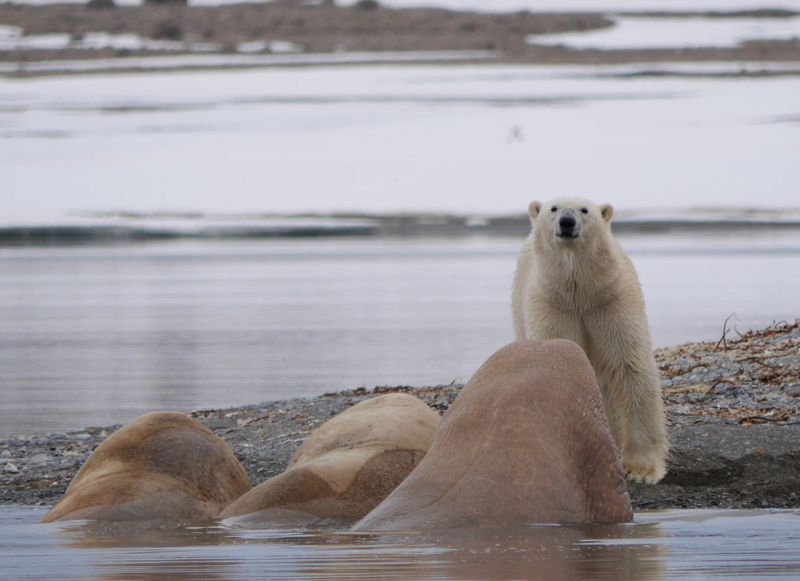
https://www.google.com -
Some of the world's smallest and cutest little owls are burrowing owls. They dwell in tiny holes in the ground, as their name suggests, and are smaller than pigeons. They can't exactly pursue huge animals due to their size, thus they focus on smaller species. They really like dung beetles in particular.
Dung beetles have the drawback of being somewhat predictable. For instance, you must search for excrement if you want to catch one. Right there in the name of the insect. Burrowing owls are aware of this. They comprehend it so well that they have figured out how to bring dung beetles to them rather than going on a hunt and taking risks.
Burrowing owls go outside and gather waste because dung beetles enjoy mammalian dung. They take it back to their burrows and use it as bait to entice dung beetles inside, ensuring that the owls won't have to travel far for food. Experiments disproved the theory that the dung could be used as a cover for a den's scent to keep predators away. Just fishing for beetles, the owls.
Kingdom: Animalia
Phylum: Chordata
Class: Aves
Order: Strigiformes
Family: Strigidae
Genus: Athene
Species: A. cunicularia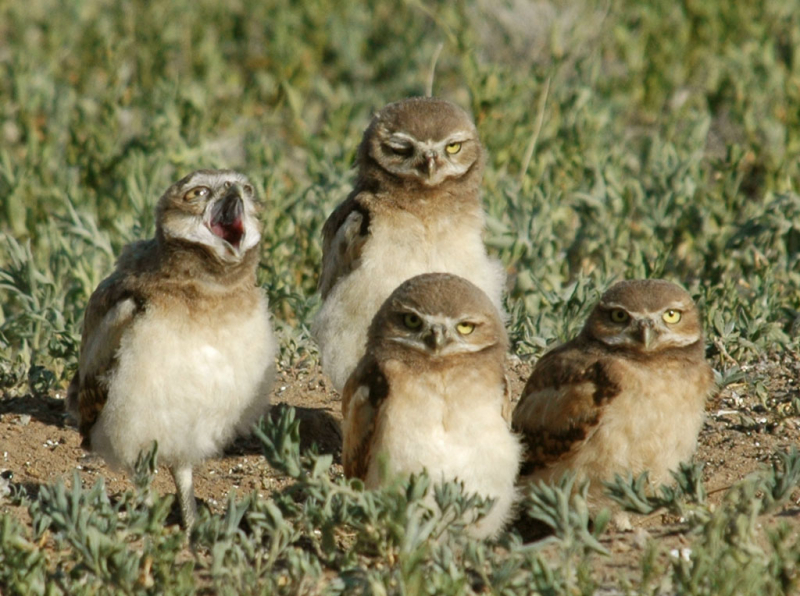
https://www.google.com 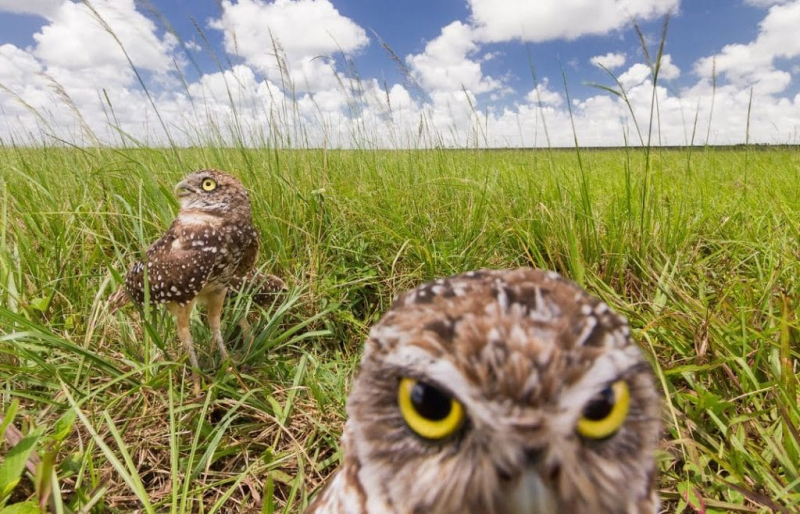
https://www.google.com -
One of those cute and entertaining creatures that frequently appears in viral videos and is spread about is the otter. Despite the fact that crossing an otter will result in a direct attempt on your life, people tend to adore them. Putting that aside, they are resourceful creatures in and of themselves who have proven capable of solve problems in the wild.
Due in large part to the fur trade, sea otters were once on the verge of extinction. They have been slowly making a comeback thanks to preservation efforts, and this has led to research on the animals' behaviors. What scientists have discovered as a result of the equipment the animals employed for hunting is a distinctive component of this.
Otters often do one of two methods to open the mussels they consume. They either utilize a stationary rock or grip it in their paws and wield it like a hammer to crack a mussel open on their breast as they float on their backs.
The immovable rock functions as an anvil. To crack open the mussel, the otter places it on the rock. There is a wealth of knowledge about how otters live as a result of research on otter hunting grounds. There are rocks that display signs of long-term anvil usage, such as thousands upon millions of discarded mussel shells. When it comes to carrying out these jobs, otters have a preferred paw, much like how a human will be left- or right-handed, according to the damage pattern on the shells and the observation of how otters use them.Kingdom: Animalia
Phylum: Chordata
Class: Mammalia
Order: Carnivora
Family: Mustelidae
Subfamily: Lutrinae
Genus: Enhydra
Species: E. lutris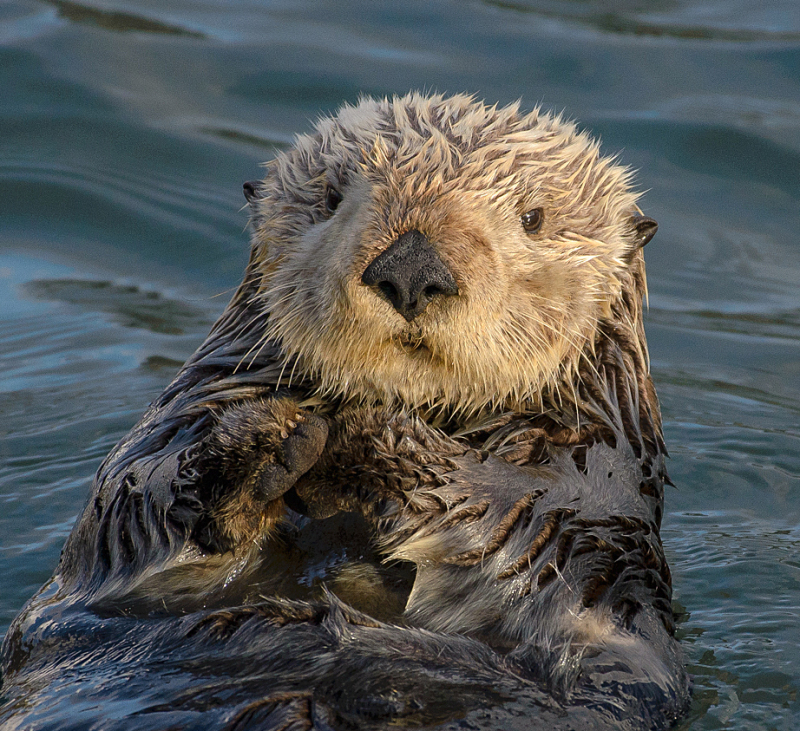
https://www.google.com 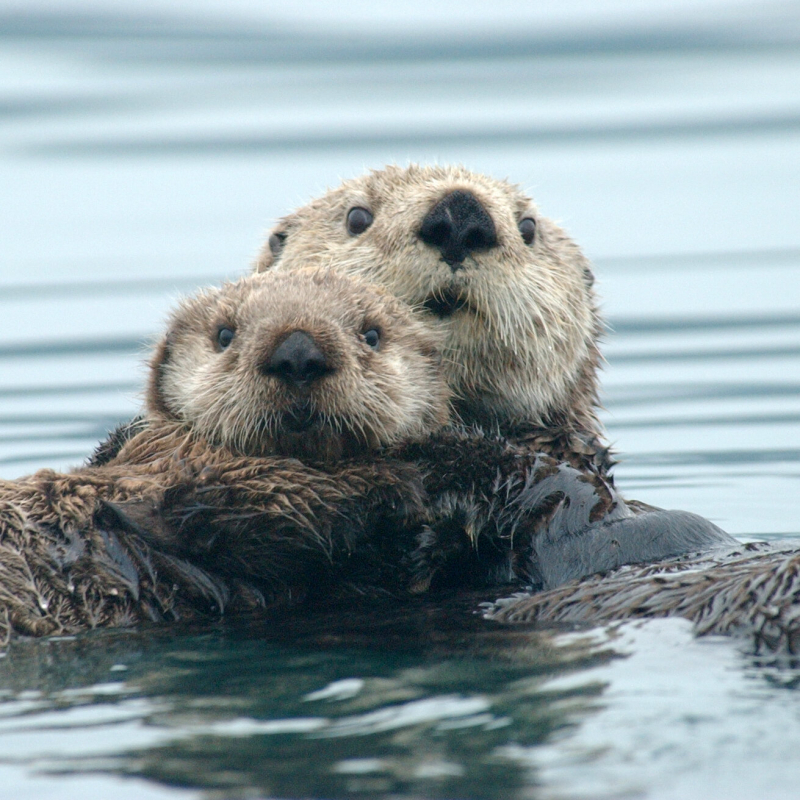
https://www.google.com -
Birds have traditionally been regarded as clever creatures, if only because many of them are skilled mimics. One bird's greeting or scolding of you is all it takes to recognize that birds possess abilities that most other animals do not. A budgie by the name of Puck once held the record for having the largest vocabulary ever—1,728 words—which may be more than some people. And of all the abilities birds possess, that ranks last.
Crows, which are also talkers, have shown the ability to make tools quite effectively, which aids them in problem-solving and hunting. Crows have been tested with moderately challenging issues and given the task of opening boxes to obtain food. The impressive amount of steps a crow may take to accomplish a task has been captured on film to demonstrate how effortlessly they can complete it. In one test, a crow had to figure out eight different riddles in a sequence to succeed, which he did in a matter of minutes.
Crows have shown their own problem-solving through the creation of tools, even without the aid of artificial puzzles with predetermined solutions. It turns out that crows are familiar with the basic functions of tools like hooks and rakes. They can build their own and use them to dig up insects that their beaks couldn't otherwise reach. To prevent the bugs they hunt from slipping off again, the hooks even feature barbed tips like a fishing hook.Kingdom: Animalia
Phylum: Chordata
Class: Aves
Order: Passeriformes
Family: Corvidae
Genus: Corvus
Species: C. brachyrhynchos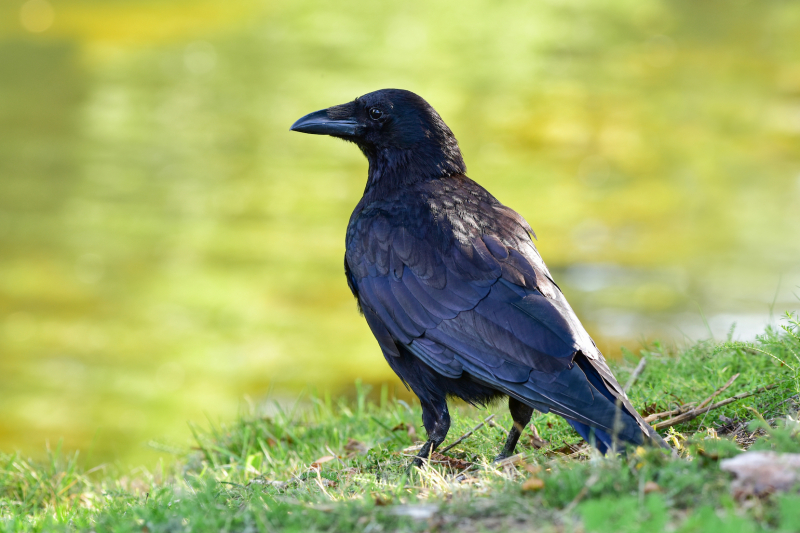
https://www.google.com 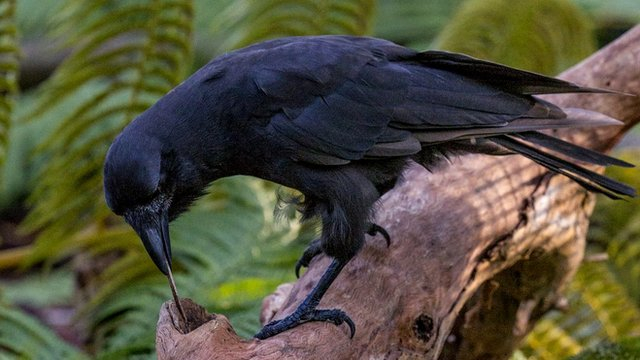
https://www.google.com -
One could argue that many individuals were likely unaware of what a honey badger was prior to the honey badger meme's appearance on the internet in 2011. Since then, these irate tiny African mammals have become popular cultural icons, but they are also creating a stir everywhere they are kept in captivity. Honey badgers are quite resourceful when it comes to overcoming obstacles and dislike being confined.
One of the animal kingdom's best escape artists is the honey badger. To aid in climbing walls, they will pile dirt, utilize sticks, and scale anything provided in an enclosure. Once, a badger was matched with a pal, and the two worked together to crack a more difficult lock. But the story doesn't end there.
Honey badgers are capable of escape, as well as creative problem-solving. They have the ability to "think outside the box," so to speak, and find solutions to issues in order to achieve objectives like getting food in difficult-to-reach places.Kingdom: Animalia
Phylum: Chordata
Class: Mammalia
Order: Carnivora
Family: Mustelidae
Subfamily: Mellivorinae
Genus: Mellivora
Species: M. capensis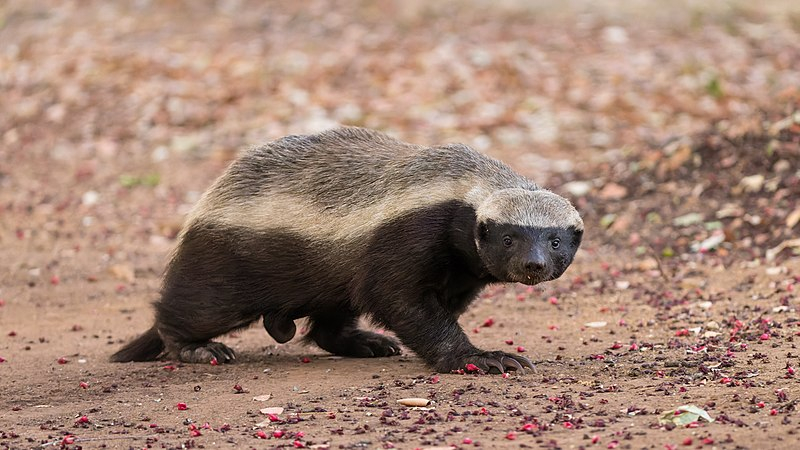
https://www.google.com 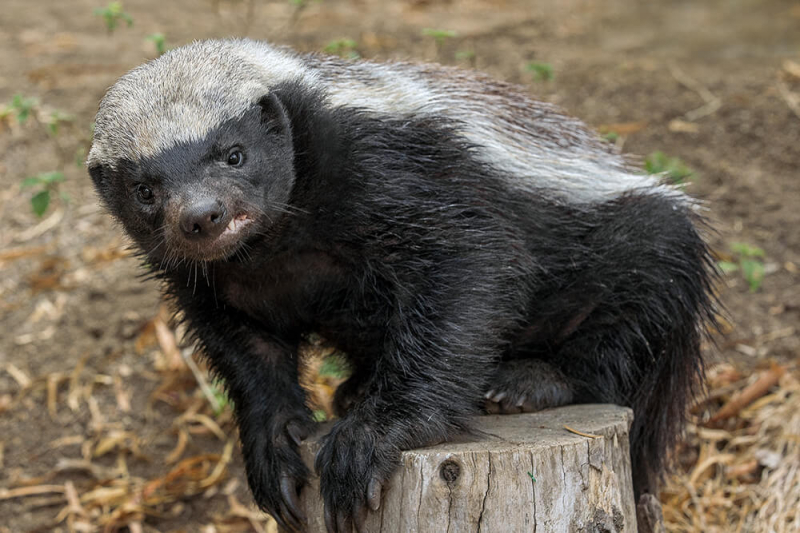
https://www.google.com -
You can bet dolphins have more tricks up their sleeves than just hydroplaning because they are so cunning. For instance, when necessary, they can protect themselves while hunting by wearing armor. Scientists first noticed dolphins breaking up marine sponge pieces in 1984 and then carrying them in their beaks to form a small glove for their faces.
As the dolphin prods around on the ocean floor in search of food, the sponge can shield its face. They'll drive out fish they can eat and won't get cut by coral or rocks. Researchers were curious as to why dolphins would even attempt this difficult move given how proficient they are at collecting fish in open water.
It turns out that the fish towards the bottom are frequently healthier. They lack swim bladders as well, which a dolphin can recognize using echolocation. So it's simpler to find them when hunting this manner. A further twist is that even among dolphins, this ability is somewhat uncommon. Mothers teach their daughters the skill but not their males, and the phenomenon has only been recorded in a limited group.
Kingdom: Animalia
Phylum: Chordata
Class: Mammalia
Order: Artiodactyla
Infraorder: Cetacea
Family: Delphinidae
Subfamily: Delphininae
Genus: Tursiops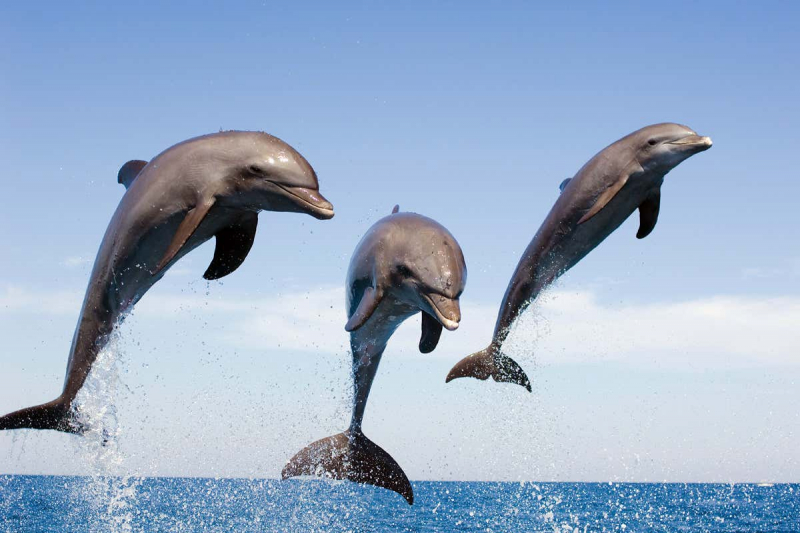
https://www.google.com 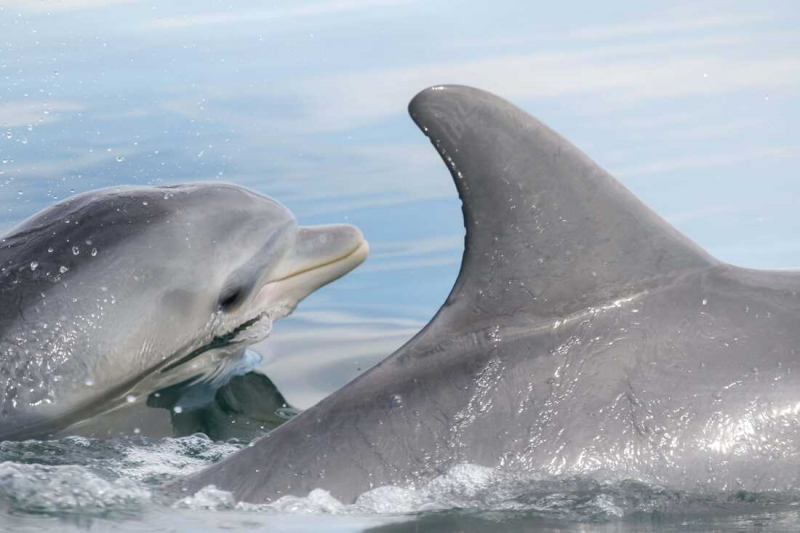
https://www.google.com -
Despite all the campaigns people have heard about to stop this carnage, poachers still kill upwards of 30,000 elephants annually. Even while there are numerous initiatives in place to stop this slaughter, they obviously aren't always successful. Unfortunately, that can sometimes be attributed to how resourceful elephants can be.
Low-voltage electric fences are used to confine elephants to safe, supervised areas in many African protected areas. Elephants weren't informed of this, though, and they don't always want to stay in places where people want them to.
Therefore, occasionally the elephants will actually turn off these electric fences in order to cross over. Elephants have frequently been seen testing the current with their trunks before disabling the fence with logs or even by dismantling the fence poles.
Kingdom: Animalia
Phylum: Chordata
Class: Mammalia
Order: Proboscidea
Superfamily: Elephantoidea
Family: Elephantidae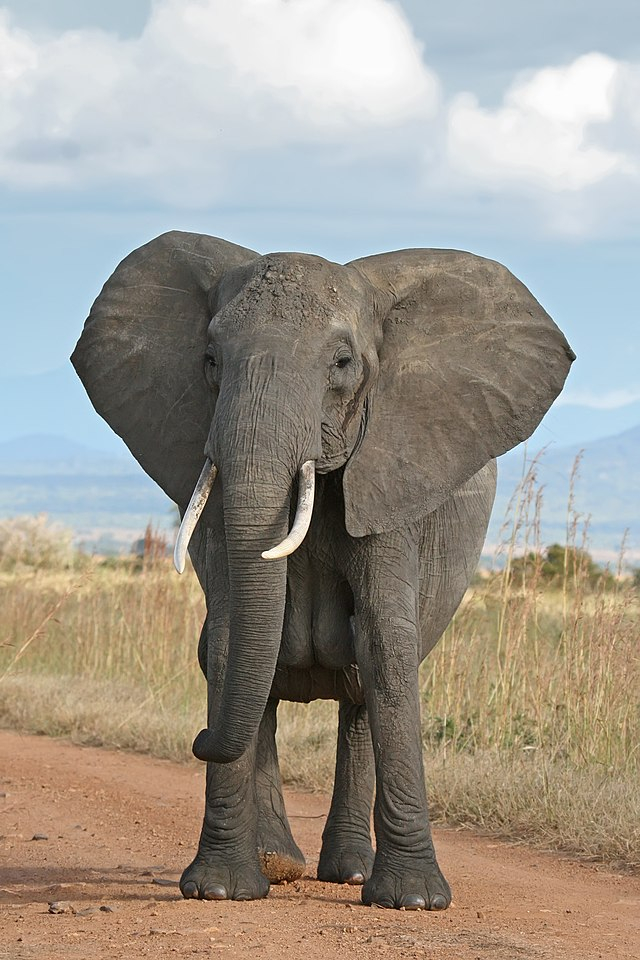
https://www.google.com 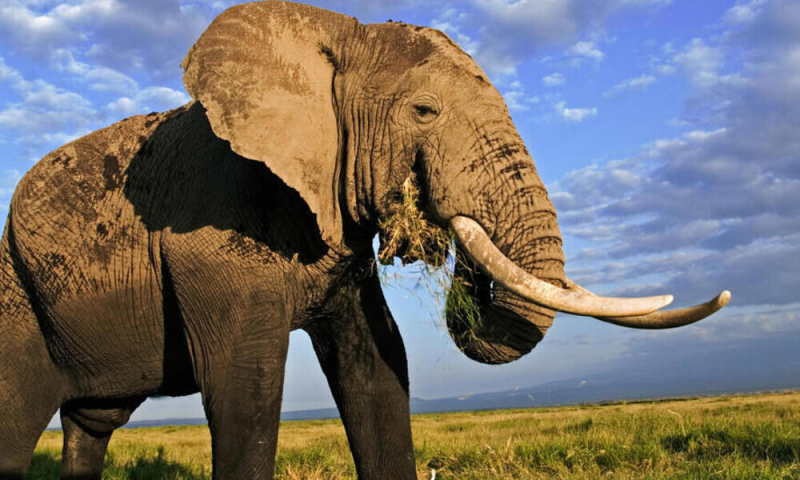
https://www.google.com -
We are all aware that dolphins are clever, and they have frequently shown traits like abstract thought and empathy. So it shouldn't be surprising that they have a lot of creative problem-solving skills. When it comes to how they can use their brains to capture prey that would otherwise be difficult to catch, this has been seen and even documented in the past.
Dolphins have mastered the skill of hydroplaning when they must get to prey that is ordinarily out of reach. Technically, a dolphin can only move so far in shallow water. However, because their prey is much smaller, they can easily swim in the same water as a dolphin.
A fish that thought it was safe is only caught when dolphins hydroplane across the water's surface like live boogie boards. Although they don't frequently use it, dolphins will use it as a hunting tool in a situation. Young dolphins can observe their moms performing it and then pick it up on their own.
Kingdom: Animalia
Phylum: Chordata
Class: Mammalia
Order: Artiodactyla
Infraorder: Cetacea
Family: Delphinidae
Subfamily: Delphininae
Genus: Tursiops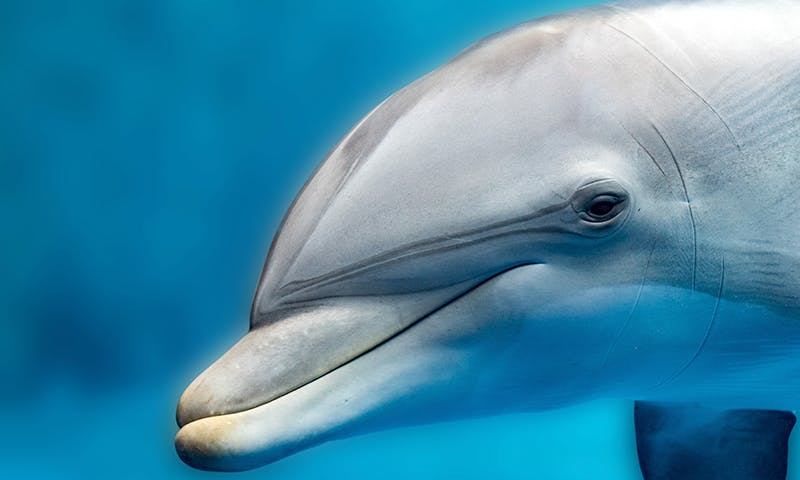
https://www.google.com 
https://www.google.com -
Working in teams is frequently encouraged in both school and the workplace under the premise that it benefits everyone. Of course, there isn't always evidence to support it, and some people have good reasons for loathing collaboration. However, there are situations when working together does pay off, and there is even improbable evidence of this in the animal realm. For instance, when coyotes and badgers cooperate when hunting.
Their alliance has a long history of success; Native Americans saw it in action before Europeans arrived in North America. Both creatures pursue the same prey, but they do so in various ways. A coyote will chase a gopher on the ground while a badger will dig down into a burrow to get it. A gopher can therefore modify its defense to fend off either of the predators, but not both. It can outpace a badger above ground. It is able to outsmart a coyote underground. The gopher has no other choice but to hunt with them.
Unavoidably, one hunter will take home the prize, and no, they don't split it. Even though only one will ever feed at a time, hunting together maximizes their chances of both catching prey over the long term. It's quite amazing that the animals can detect this.- Coyote
Kingdom: Animalia
Phylum: Chordata
Class: Mammalia
Order: Carnivora
Family: Canidae
Genus: Canis
Species: C. latrans- Badger
Kingdom: Animalia
Phylum: Chordata
Class: Mammalia
Order: Carnivora
Suborder: Caniformia
Superfamily: Musteloidea Procyonoidea
Family: Mustelidae Mephitidae
Subfamily: Helictidinae, Melinae, Mellivorinae, Taxideinae,Mydainae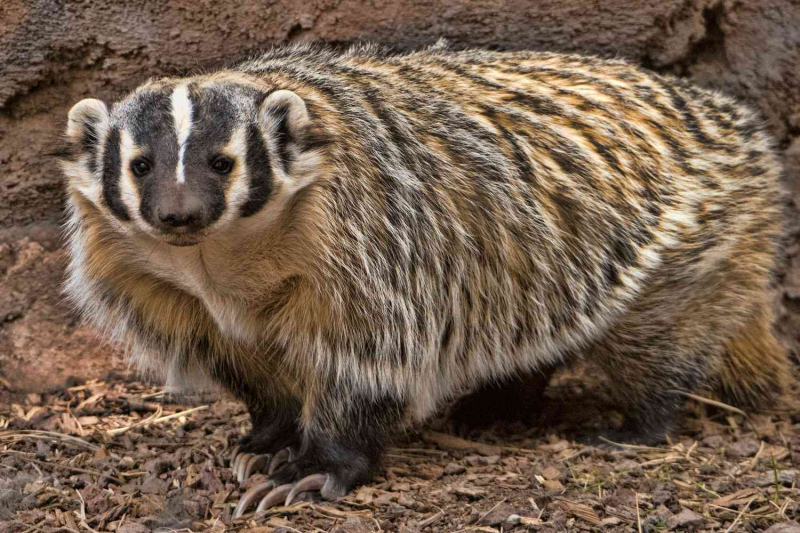
https://www.google.com 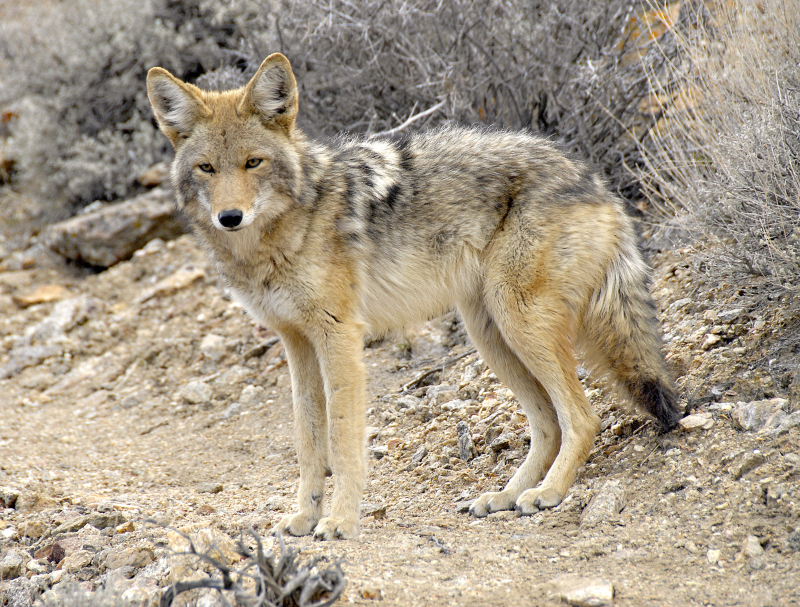
https://www.google.com -
Most of us are aware of what a crocodile can and cannot accomplish because of Steve Irwin. These extinct creatures can strike at prey at a speed of around 12 meters per second and have a biting force of 3,700 pounds per square inch, which is about as strong as you'll find anywhere on Earth. If you don't notice it before it hits, you probably never will.
In addition to their astounding list of biological advantages, research demonstrates that crocodiles are smarter than you may expect. Trickery can be used when speed and brute force are ineffective. Sticks have been observed being used by crocodiles as bait to entice nest-building birds.
In essence, the method entails utilizing oneself as a dish during the time when birds are nesting. Sticks on their snouts are common resting spots for alligators and crocodiles. Birds that approach to try to acquire the materials are consumed as soon as they are caught.
Kingdom: Animalia
Phylum: Chordata
Class: Reptilia
Order: Crocodilia
Superfamily: Crocodyloidea
Family: Crocodylidae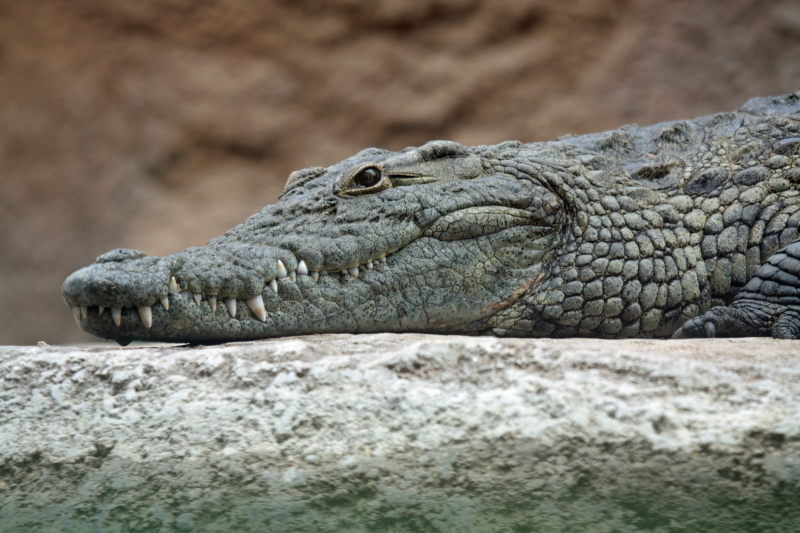
https://www.google.com 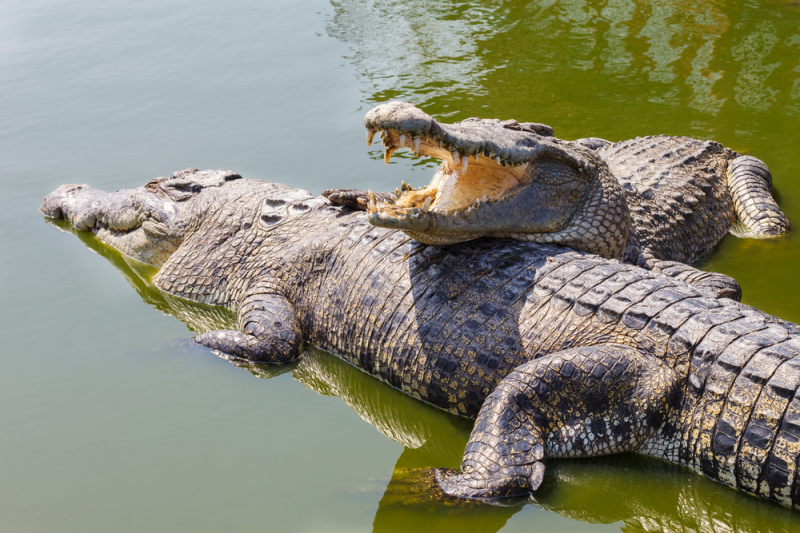
https://www.google.com













